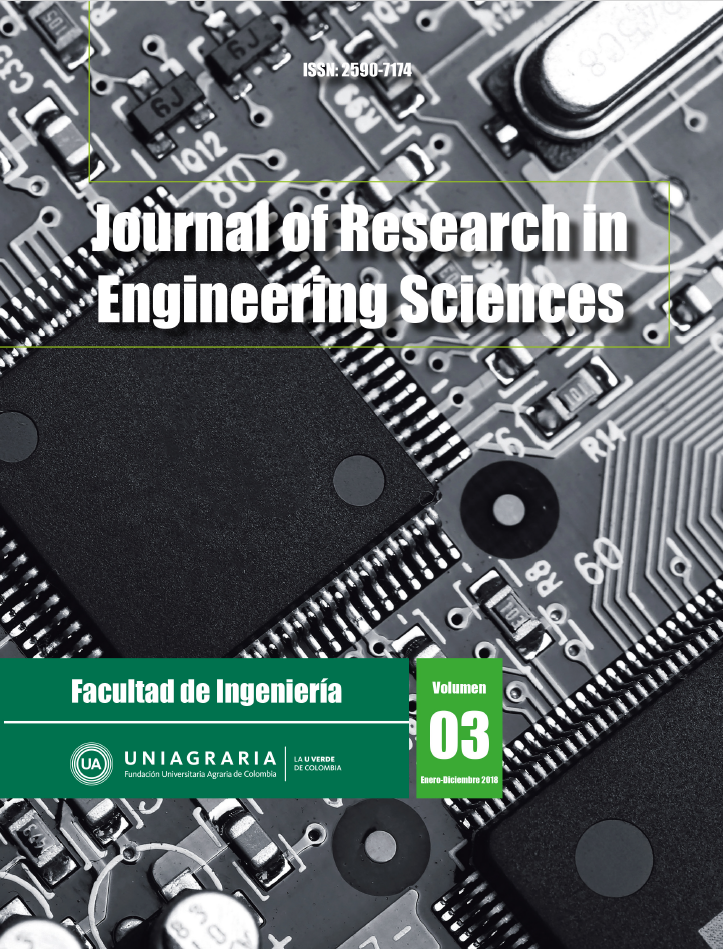Abstract
The management of the distribution of concentrates is a process that requires a great organizational effort, given the large number of elements of the supply chain involved. In this work a case study is related, in which a spatial decision aid tool for the management of concentrate distribution logistics has been developed and implemented. The objective when talking about effective distribution management should not be relegated only to a search in the reduction of km traveled by vehicles, but should be considered from a more ambitious perspective, pursuing a better organization of production and a leveling of the activity. Consequently, the logistics of distribution will not only involve transport vehicles, but will require the involvement of the production, ordering and transport areas, as evidenced in this work. Route management must be integrated with an adequate consumption forecasting capacity, which allows orders to be served before the date on which the safety stock is reached, considering also the production capacity of the manufacturing plant. To evaluate the viability of the tool designed, the results relative to km traveled and tons distributed prior to its implementation were compared with those obtained afterwards. The results obtained reflect a significant saving derived from the use of the developed tools, although these savings have come more from a better management of the orders than from an improvement in the management of vehicle routes. Consequently, additional efforts will be necessary in the route management management tool in order to reduce the participation of the manager in the re-elaboration of the routes proposed by the spatial decision support system.Downloads
Download data is not yet available.
